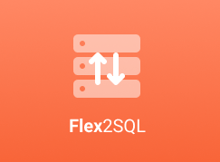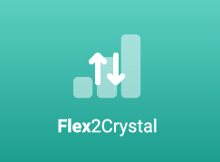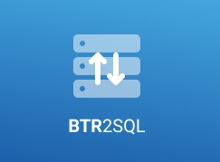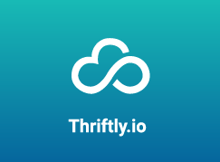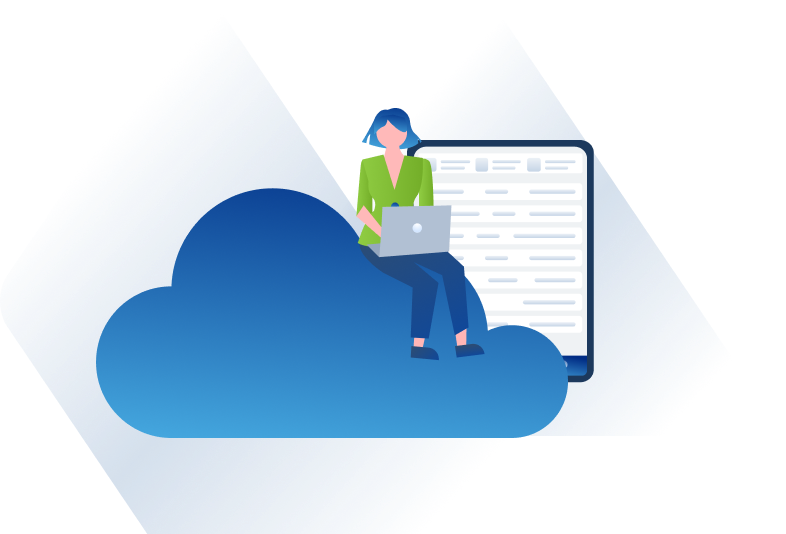Challenges in Migrating from Windows Monolithic Applications to Cloud-Native
For traditional Windows developers, transitioning to a cloud-native SaaS offering presents several challenges. Learn about the five technical challenges in transitioning from a Windows monolithic to a cloud-native SaaS application.
TABLE OF CONTENTS
![]() Introduction
Introduction
![]() Why is migrating to the cloud is important for developers?
Why is migrating to the cloud is important for developers?
![]() Five imperatives for migrating to cloud-native SaaS
Five imperatives for migrating to cloud-native SaaS
![]() Find help for your cloud-native SaaS migration project
Find help for your cloud-native SaaS migration project
Introduction
Cloud-based computing has changed the software landscape. What used to be the domain of on-premise Windows desktop applications is now dominated by subscription-based applications that are hosted in the cloud. These subscriptions are often less expensive than traditional perpetual software licenses, making it easier than ever for organizations of all sizes to access the tools they need to compete on a global level.
It’s also easier for small software developers who specialize in cloud-native SaaS application development to outpace and outperform existing vendors, who may be bogged down by declining market share and limited resources. Many developers who specialize in Windows on-premise applications also lack the skills needed to rearchitect desktop apps for the cloud. This skills gap can sideline a business.
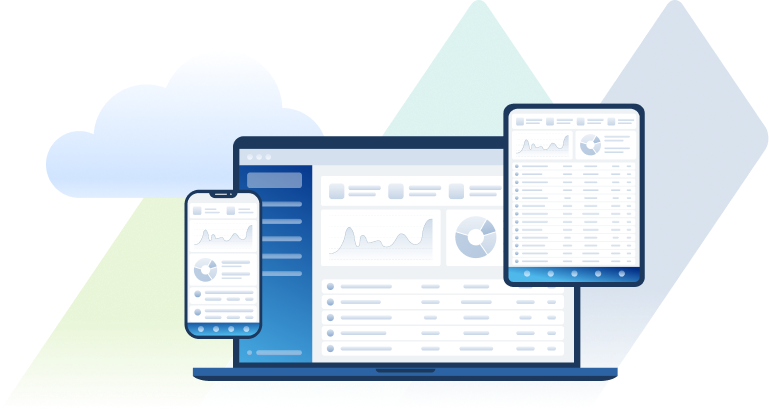
Even as cloud computing is accelerating, many independent software vendors (ISVs) are struggling to make the switch. Their monolithic applications simply can’t compete with cloud-native SaaS offerings. Today’s customers demand more, and software developers that aren’t fully committed to cloud-native SaaS migration will continue to lose ground to those that are.
Do you have a strategy for transitioning your applications to the cloud systematically and cost-effectively? If not, what’s standing in your way? Take a look at what’s driving the move to the cloud — and learn five considerations for a successful cloud-native SaaS migration strategy.
Why is migrating to cloud-native SaaS important for traditional developers?
Customers large and small are looking for scalable applications that can run on any device, at any time and from anywhere, without the need for extensive network configuration or setup. They need those applications to integrate seamlessly with other cloud-based tools and data. And they want pricing models that are flexible and competitive.
The 2020 global pandemic only increased the need for robust cloud-based applications. As companies were forced to lock their physical doors to employees, they turned to cloud solutions to keep their workforce connected and functional. These solutions worked so well that remote work isn’t likely to go away even as lockdowns and restrictions ease. In fact, Fortune found that 75% of CEOs expect to need less office space in the future – a sign that remote workers aren’t going back to the office any time soon.
A new reliance on the cloud to support a remote workforce has increased pressure on independent software vendors to switch their traditional Windows desktop-based software to cloud-based applications. Forbes reported that “companies will need to prioritize spending on cloud security and governance tools, virtual desktop infrastructure (VDI) and other key instances that can securely support their remote workforce.” Developers who are already turning their attention to the cloud are uniquely positioned to capture this new market.
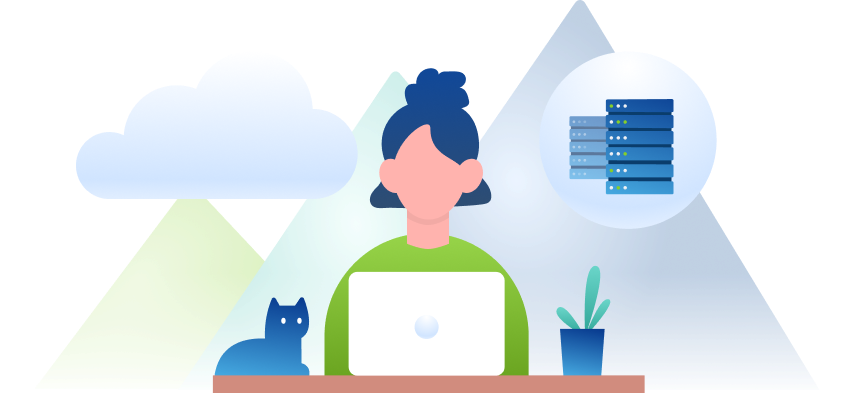
Customer demand aside, software developers – particularly your competitors – are keenly aware of the benefits of creating cloud-native SaaS applications and/or modernizing their desktop applications to run in the cloud, including:![]() Lower support costs, especially with multi-tenant architectures
Lower support costs, especially with multi-tenant architectures![]() Improved scalability
Improved scalability![]() Easier application access and deployment
Easier application access and deployment![]() Improved revenue models through recurring subscriptions vs. perpetual licenses
Improved revenue models through recurring subscriptions vs. perpetual licenses![]() Significantly higher valuations from investors
Significantly higher valuations from investors
But perhaps the most compelling reason for you to offer a cloud-native SaaS application is that your growth depends on it. New customers are demanding cloud-native solutions, and existing customers are being targeted by your competitors, who are already in the cloud. Will you choose stagnation or innovation?
Five imperatives for a successful migration to cloud-native SaaS
For Windows ISVs to grow and stay relevant, they must innovate and move to the cloud. This pivot can be challenging, as it requires rearchitecting and rewriting existing software into a cloud-native SaaS application – all while trying to maintain a desktop product and support existing customers.
Moving forward under these circumstances can be risky, costly, and time-consuming because it demands expertise in five key areas:
1) DATA ACCESS
There is a saying in the IT industry that “old databases never die.” That’s because if they still get the job done, why make the change? There is always a higher priority to address elsewhere.
However, if you are tied to an old database language, your application won’t run in the cloud; old file-locking schemes designed for workgroup computing won’t accommodate users who could be literally anywhere there’s an Internet connection. It also won’t scale well (or at all), and licensing will become more costly as your business grows. Finally, your application won’t be able to communicate with other tools that are SQL-based.
Therefore, moving to a mainstream, modern database is the first step for ISVs interested in Windows application migration. Yet migration to a modern database language requires a lot of time, skill and resources.
You’ll need to hire experienced developers who can rewrite your Windows application’s data access code to support a modern SQL database management system. But you’ll also need to retain (or hire) developers who understand the original code and can help the new developers deliver the necessary functionality.
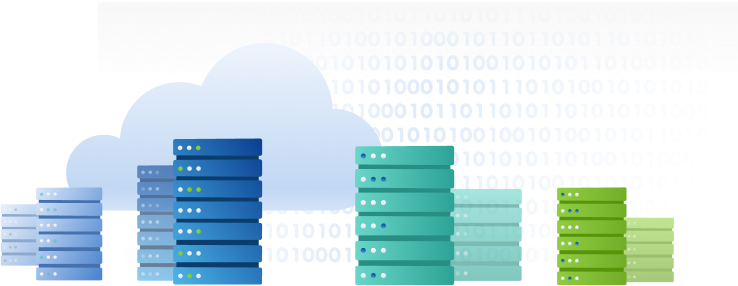
2) BUSINESS LOGIC
You’ve spent years developing your current Windows application, with perhaps hundreds of thousands of lines of business logic code. This is the heart of your investment and your domain expertise. You’ve perfected it over time, and you don’t want to throw out the code and start from scratch.
How can you ensure that all of this code can be reused without major reengineering? One solution is to retrain your existing team to rearchitect/rewrite all existing business logic for the cloud in a modern programming language with callable APIs (application programming interfaces). But this critical step can take years – years during which your competition will fly past you.
If this sounds impossible, it probably is. Very few, if any, traditional Windows ISVs have the skills and time to tackle this step themselves, and even fewer can afford to hire the expertise to do the job.
3) USER EXPERIENCE/USER INTERFACE
SaaS customers expect a clean, modern user experience and user interface (UX/UI) that is also intuitive and easy to navigate. In addition, the user experience must match the quality of the offering. UX/UI can’t be just functional; it must be intentional, mindful, designed. And it MUST work across all devices.
This represents a functional difference between traditional Windows interfaces designed for desktop access and modern interfaces that work across a wide range of devices, from phones and tablets to watches and other wearables. Today’s UX/UI uses design thinking that anticipates and accommodates a specific user process and workflow, rather than making every option available at all times.
Creating a new and better UX/UI isn’t as simple as translating your old Windows GUI to the cloud. You need to start from scratch, and that requires designers with special skillsets. And after you have a great design, you must implement it correctly, which requires additional developers who specialize in UX/UI implementation.
Once again, success in this area requires specialized skills that traditional Windows application developers simply don’t have. And you can’t just make do; you must get it right or risk losing sales.
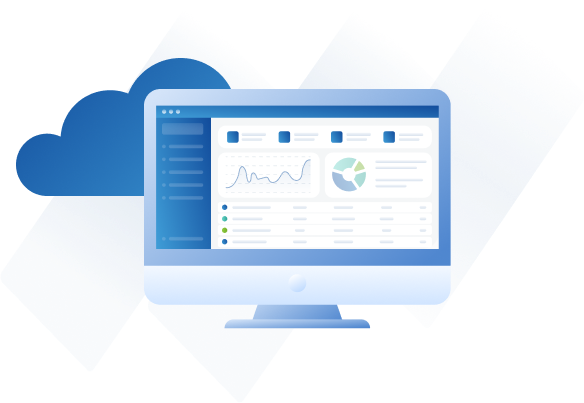
4) SECURITY
A traditional windows app runs on a server that is behind a firewall. There are few worries about outside hackers. The system just needs to authenticate and maybe authorize individual users. But moving to the cloud changes everything. Not only do you need application security, but you also need infrastructure security.
There are two types of security that developers need to think about: application-level security and infrastructure-level security. Moving to a cloud-native architecture without a well-thought-out security plan for both levels could be devastating, especially as governments are increasingly keen on protecting user data.
And if you wait to think about security until after you design and build APIs and the UX/UI, you’ll be fighting an uphill battle trying to plug security holes that could have been prevented by following best practices during development and deployment.
Does your team have the skillset to effectively address security throughout the entire application stack? Do they have the knowledge and expertise to master and implement numerous cloud security standards, including TLS, X.509, SAML, OAuth, OpenID, SPML, ISO 27000, FIPS, HIPAA and many more? If not, can you afford to hire a separate team that does?
5) CLOUD DEPLOYMENT
Deploying client server applications on a Windows network typically involves a program installer and coordination with a network administrator to get access rights to the network via standalone, on-premise servers located behind a firewall.
It takes a different skillset to properly architect and deploy an application to run on a cloud infrastructure, with all of the storage, security and scalability needed for a premium user experience on any device, anywhere, at any time.
A successful application could see exponential, rapid growth across a globally distributed user base. The infrastructure must be designed with scalability in mind. Otherwise users will start to experience serious latency, which will affect the user experience.
You also need to consider redundancy, which ensures uninterrupted service if there is a disruption in your cloud infrastructure, and load balancing, which directs traffic based on where the request is coming from. Finally, you have to secure your infrastructure against malicious attacks.
Most Windows application developers don’t have the skills needed to address these issues effectively. Therefore, you’ll need to hire yet another team of experts, this time with the necessary skills to manage DevOps and use cloud infrastructure tools.
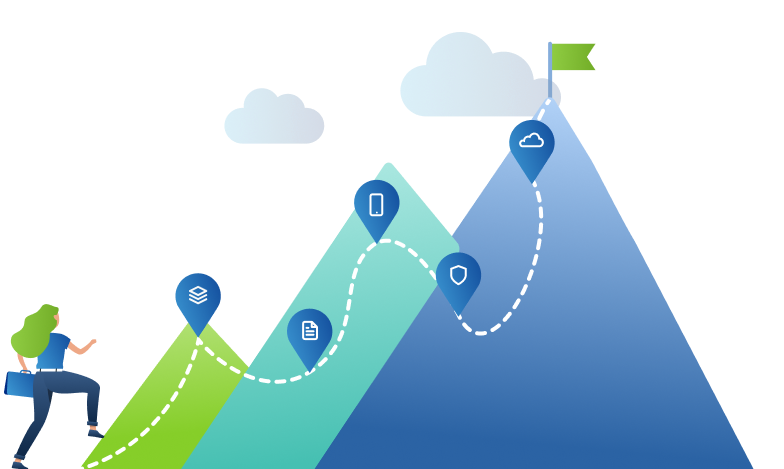
Find help for your cloud-native SaaS migration project
That’s a sobering list for any ISV to read, and it probably echoes the conversations your team has had over the past few years. Perhaps you’ve already attempted a cloud-native SaaS migration project only to discover that your team simply doesn’t have the skills needed to do the work.
How can you bridge the skills gap? You can take years to retrain your team – and watch your competition and potential customers pass you by. You can hire developers who have the skills your team lacks, but only if you have enough resources and time to bring them on board. Or you can access a suite of products, methodologies, and services that can help you speed up your transition to the cloud while reducing risk and cost.
Learn about Path2Cloud, our end-to-end software modernization solution. It addresses the five most common cloud-native SaaS migration challenges so you can bring your product to market quickly and affordably, without sacrificing security, functionality, and user experience.



